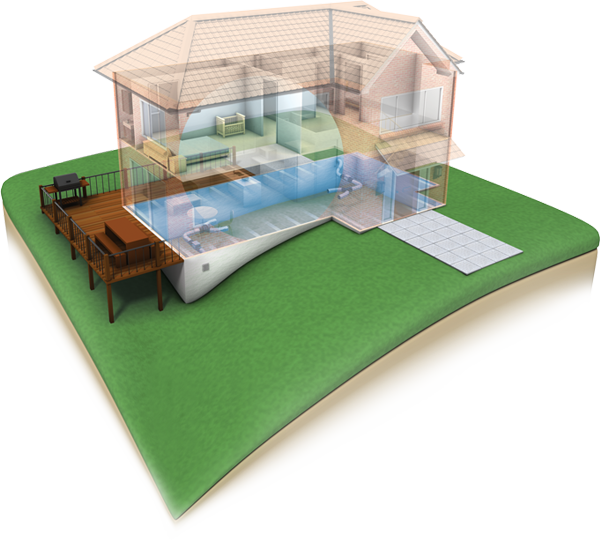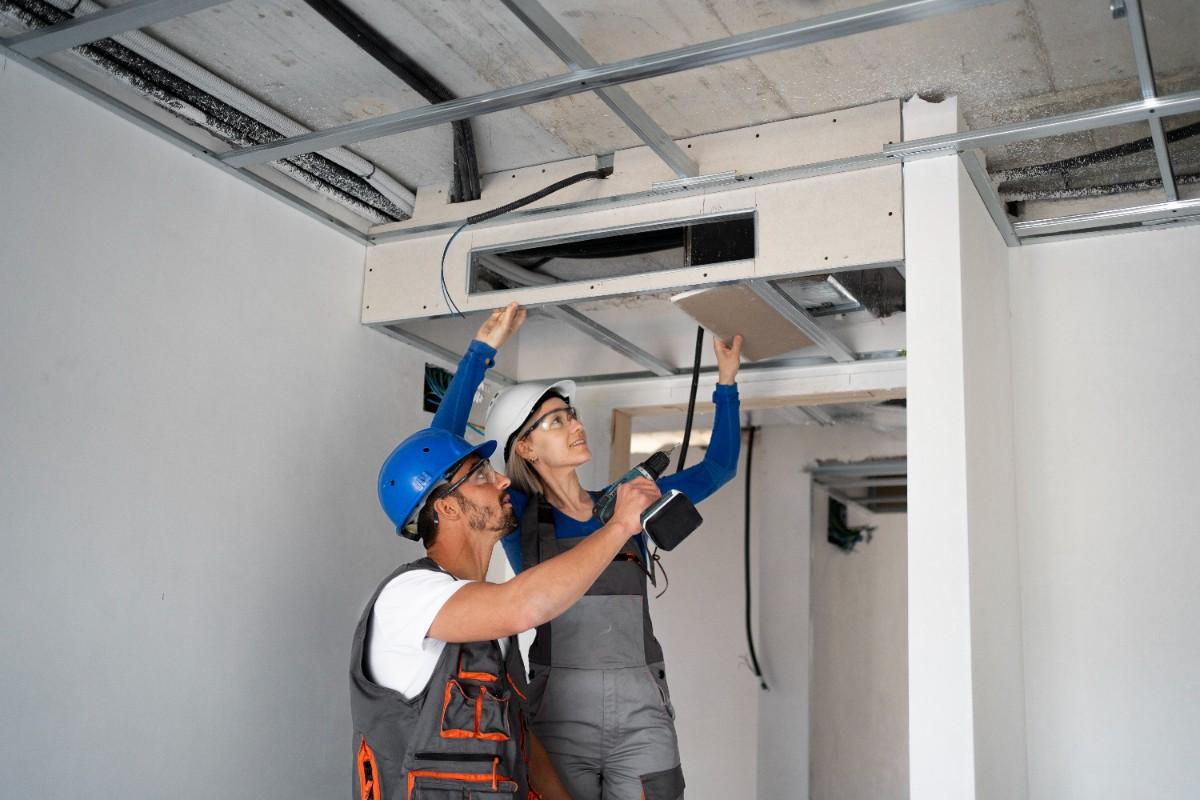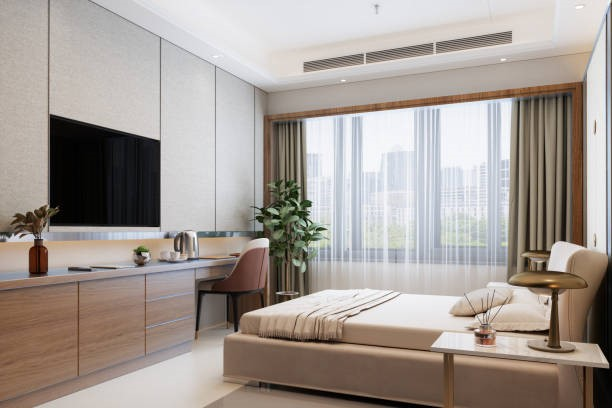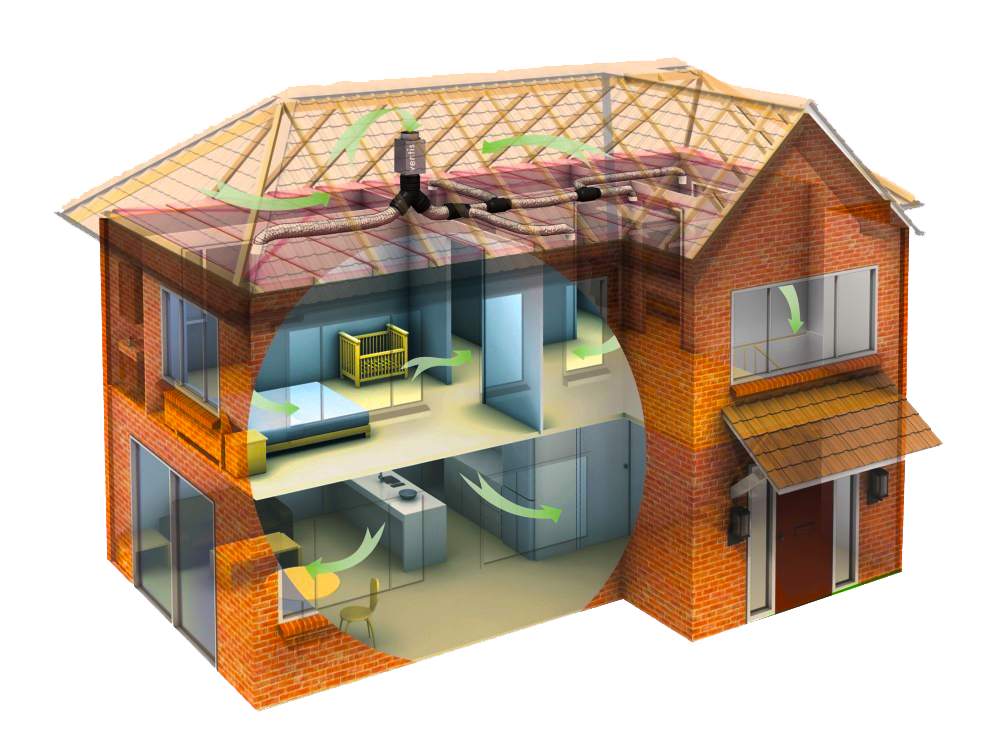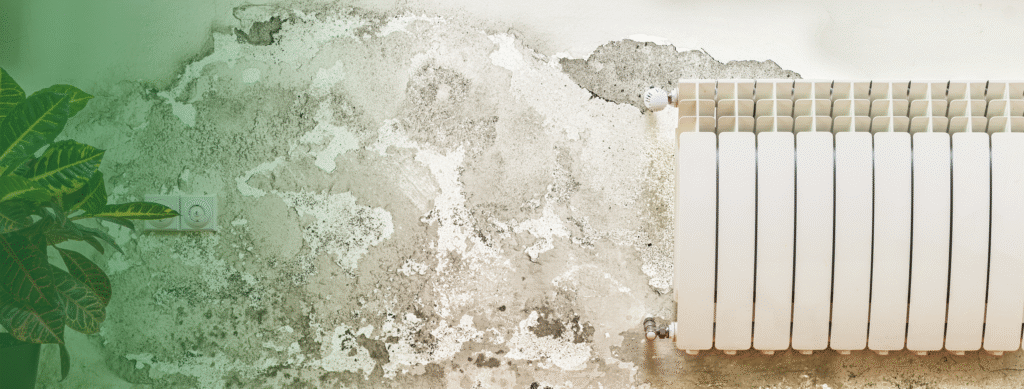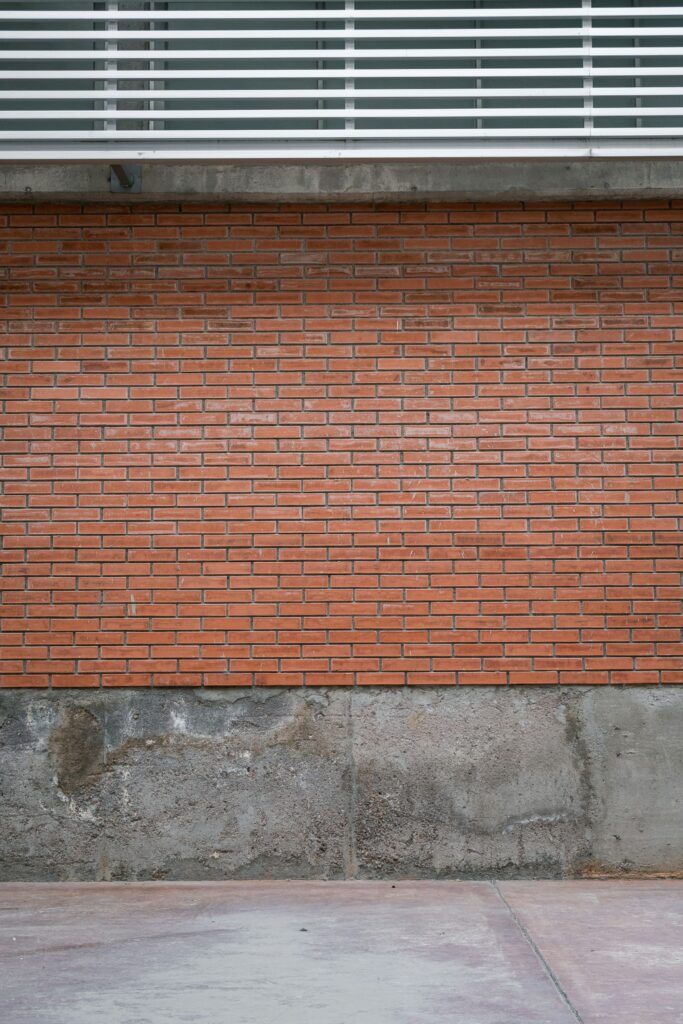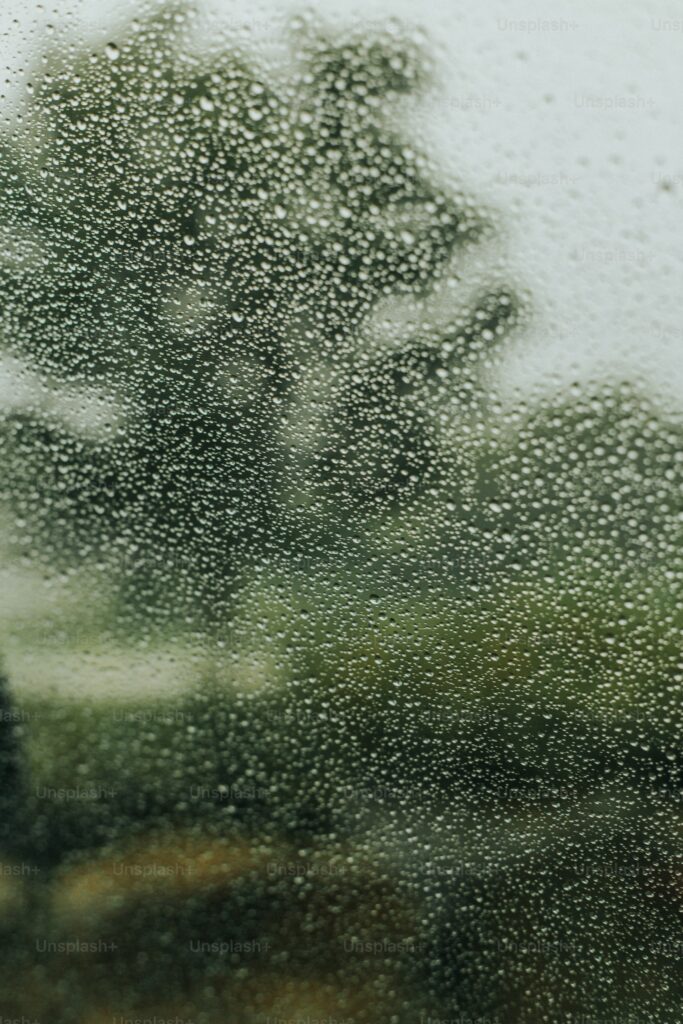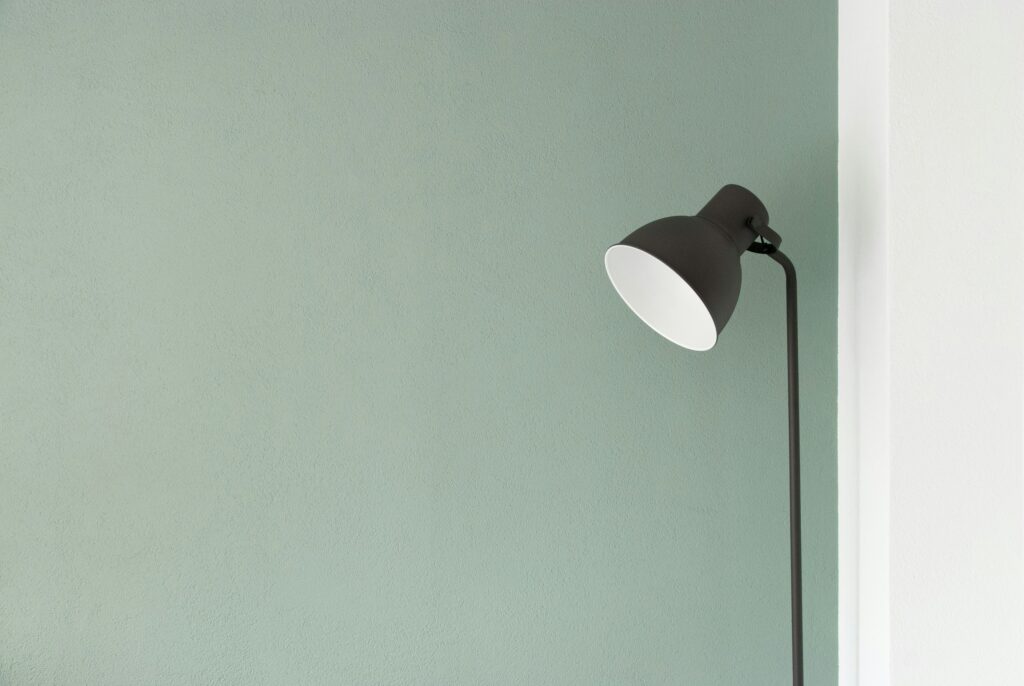Mould is one of the most common household problems, especially in hidden spaces like the subfloor, where excess moisture tends to accumulate. Left unchecked, it can cause structural damage and serious health concerns. Many homeowners searching for how to reduce mould in the house often discover that a negative pressure subfloor ventilation system is one of the most effective solutions.
This type of system works by creating a vacuum effect that actively removes stale, damp air from beneath your floors. As a result, fresh outside air is drawn in, helping to reduce humidity and keep your home healthier. In this blog, we’ll explore how negative pressure subfloor ventilation works, its benefits, its potential drawbacks, and how it compares to other ventilation systems.
What is a Negative Pressure Subfloor Ventilation System?
A negative pressure subfloor ventilation system is a way to keep the space under your floor dry and prevent moisture buildup. It works by using fans to pull air out from under the floor. This creates negative pressure that sucks fresh air in through vents in the walls or foundations. The air circulates and removes any moisture or dampness that may be present.
Key components of the system include:
- Exhaust fans – remove damp air from under the floor.
- Vents – allow fresh air to enter through walls or foundations.
- Ducting – connects the fans to the vents.
- Control system – regulates fan operation as needed.
This type of ventilation system is commonly used in crawl spaces, basements, and other areas where moisture can be a problem. Keeping the subfloor dry helps prevent mould, rot, and other issues that can damage the floor and structure over time. It’s an effective way to maintain a healthy, moisture-free environment under your home.
The Benefits Of a Negative Pressure Subfloor Ventilation System
One of the main benefits of a negative pressure subfloor ventilation system is that it reduces humidity levels. High humidity can cause wood to rot and create a perfect environment for pests like termites. By keeping the air dry, this system helps protect the structure of your home. It also makes the living spaces above more comfortable, as less moisture means better air quality inside.
Another advantage is energy efficiency. When the air under your home is dry, it can help your heating and cooling systems work better. This means you may save money on energy bills. Additionally, a negative-pressure subfloor ventilation system can help prevent musty smells that often come from damp areas.
Limitations Of a Negative Pressure Subfloor Ventilation System
Negative pressure subfloor ventilation is a system used to improve air quality under homes. It works by creating a vacuum that pulls air out from under the house. This process helps to remove moisture, mould, and other harmful substances. While this system can be useful, it has some important limitations and disadvantages that homeowners should consider.
Energy Consumption and Costs
One major drawback of negative-pressure subfloor ventilation is its energy consumption. These systems often rely on fans and motors to create the negative pressure needed for ventilation. This means they use electricity, which can lead to higher energy bills. Over time, the cost of running the system can add up, making it less appealing for some homeowners. Additionally, if the system requires frequent repairs or maintenance, those costs can further increase the overall expense.
Ineffective in Certain Conditions
Another limitation is that the negative pressure system may not work well in all situations. For example, in very humid climates, the system might struggle to keep moisture levels low. If the outside air is more humid than the air under the house, pulling air out can actually bring in more moisture. This can make the problem worse instead of better. Homeowners in these areas might find that other ventilation methods are more effective.
Potential for Structural Damage
Negative-pressure subfloor ventilation can also lead to structural issues. The vacuum created by the system can sometimes cause the soil under the house to shift. This shifting can lead to uneven settling, which may cause cracks in the foundation or walls. Additionally, if the system is not properly installed, it might not ventilate the space evenly, leading to areas that remain damp. This uneven moisture can cause wood and other materials to rot over time, resulting in costly repairs.
Negative Pressure vs Positive Pressure Ventilation Systems
Negative pressure subfloor ventilation is designed to remove damp, stale air from beneath a building. It works by creating a vacuum effect, where fans pull air out of the subfloor or crawl space. As the air is expelled, fresh outside air is naturally drawn in through vents. This continuous airflow helps reduce moisture, humidity, and mould growth, protecting the home’s structure and improving overall air quality. Such systems are especially effective in moisture-prone areas like basements and crawl spaces.
On the other hand, a positive-pressure ventilation system takes the opposite approach. Instead of pulling air out, it pushes clean, filtered air into the living space. Fans introduce fresh outdoor air, which forces stale, polluted, or humid indoor air out through existing gaps and vents. This type of system is often used in living areas where maintaining fresh indoor air quality is the main goal, helping reduce dust, allergens, and odours.
The key difference between the two lies in airflow direction:
- Negative pressure ventilation: Removes moist air from under the house.
- Positive pressure ventilation: Pushes clean air into the home.
Both systems are useful, but their effectiveness depends on the problem you’re addressing. If your main concern is moisture and mould under the home, negative pressure is often the best choice. If your priority is improving the freshness and quality of indoor air, positive pressure is more suitable.
Should You Consider A Balanced Pressure Subfloor Ventilation System?
When faced with problems in our homes, it is easy to feel overwhelmed. One area where expert opinion is crucial is in managing issues like negative pressure subfloor ventilation. This type of ventilation system helps to keep the air in our homes fresh and dry. However, if not done correctly, it can lead to serious problems, such as mould growth or structural damage. Experts have the knowledge and tools to assess these situations properly and provide the best solutions.
Consulting with professionals can save time and money. For example, if you think your home has poor ventilation, an expert can quickly identify the issue. They can check if the negative pressure subfloor ventilation is working as it should. If it’s not, they can recommend repairs or upgrades. This prevents small problems from turning into big, costly ones. Their experience allows them to spot things that homeowners might miss.
Moreover, seeking expert opinion can give you peace of mind. Knowing that a trained professional is handling your home’s ventilation means you can relax. You can trust that they will use the right methods and materials. This is especially important for complex systems like negative pressure subfloor ventilation, where mistakes can lead to health risks or damage. By relying on experts, you ensure your home stays safe and comfortable for you and your family.
Why Choose Ventis Experts?
When it comes to protecting your home from moisture, mould, and poor air quality, not all solutions are created equal. That’s where Ventis stands out. With years of experience in home ventilation, we specialise in designing systems that not only solve immediate problems but also protect your property for the long term.
Here’s why homeowners trust Ventis:
- Expertise You Can Rely On: Our specialists assess your home carefully and recommend the best system tailored to your needs.
- Proven Solutions: From negative pressure subfloor ventilation systems to whole-home solutions, we use innovative technology that works.
- Improved Health & Comfort: We help reduce moisture, eliminate musty odours, and improve air quality for a healthier living space.
- Comprehensive Support – From installation to ongoing maintenance, our team is with you every step of the way.
For even better indoor air quality, some homeowners also combine our systems with an air purifier for the entire house to remove dust, allergens, and pollutants. This ensures fresh, clean air flows throughout every room.
Ready to protect your home and family? Call Ventis at 1800 80 20 80 or visit our website today to schedule your free consultation.
Final Thoughts on Negative Pressure Subfloor Ventilation Systems
A negative-pressure subfloor ventilation system is one of the most reliable ways to control moisture and mould in your home. Creating a steady flow of fresh air through the subfloor space reduces humidity and prevents mould and mildew growth. For homeowners wondering how to reduce mould in the house effectively, this system provides a long-term solution when paired with good drainage and leak prevention. Regular inspections and maintenance are also essential for lasting results. To further enhance indoor comfort, some families combine subfloor ventilation with an air purifier for entire house systems, ensuring both a dry foundation and cleaner indoor air. If you’re concerned about mould or dampness, consulting a ventilation expert can help you choose the right setup for a healthier home.
FAQ's
Can a negative pressure subfloor ventilation system effectively eliminate mould?
Yes, a negative pressure subfloor ventilation system can effectively eliminate mould by removing moist and damp air from the sub floor area, promoting air flow and replacing it with dry air.
What is the importance of ventilation in the sub floor area?
Proper ventilation in the sub floor area is crucial to prevent the build-up of moisture, which can lead to mould growth and structural damage in the home.
How do sub floor ventilation systems work?
Sub floor ventilation systems typically operate by creating negative pressure, where air is sucked from the sub floor space and replaced with air from outside, ensuring adequate ventilation.
What are the types of subfloor ventilation available?
There are various types of subfloor ventilation systems including solar sub floor ventilation, mechanical ventilation, and underfloor ventilation, each serving the purpose of facilitating air movement and maintaining a dry subfloor.
Why is it important to have effective sub floor ventilation?
Effective sub floor ventilation means that the air in the sub floor is constantly circulating, preventing the accumulation of moist air which can lead to mould growth and ensuring a breath of fresh air throughout your home.
What are the benefits of a negative pressure subfloor ventilation system?
A negative pressure subfloor ventilation system can help to remove damp and moist air from the sub floor, improve indoor air quality, and protect the structural integrity of your home by promoting proper ventilation.
